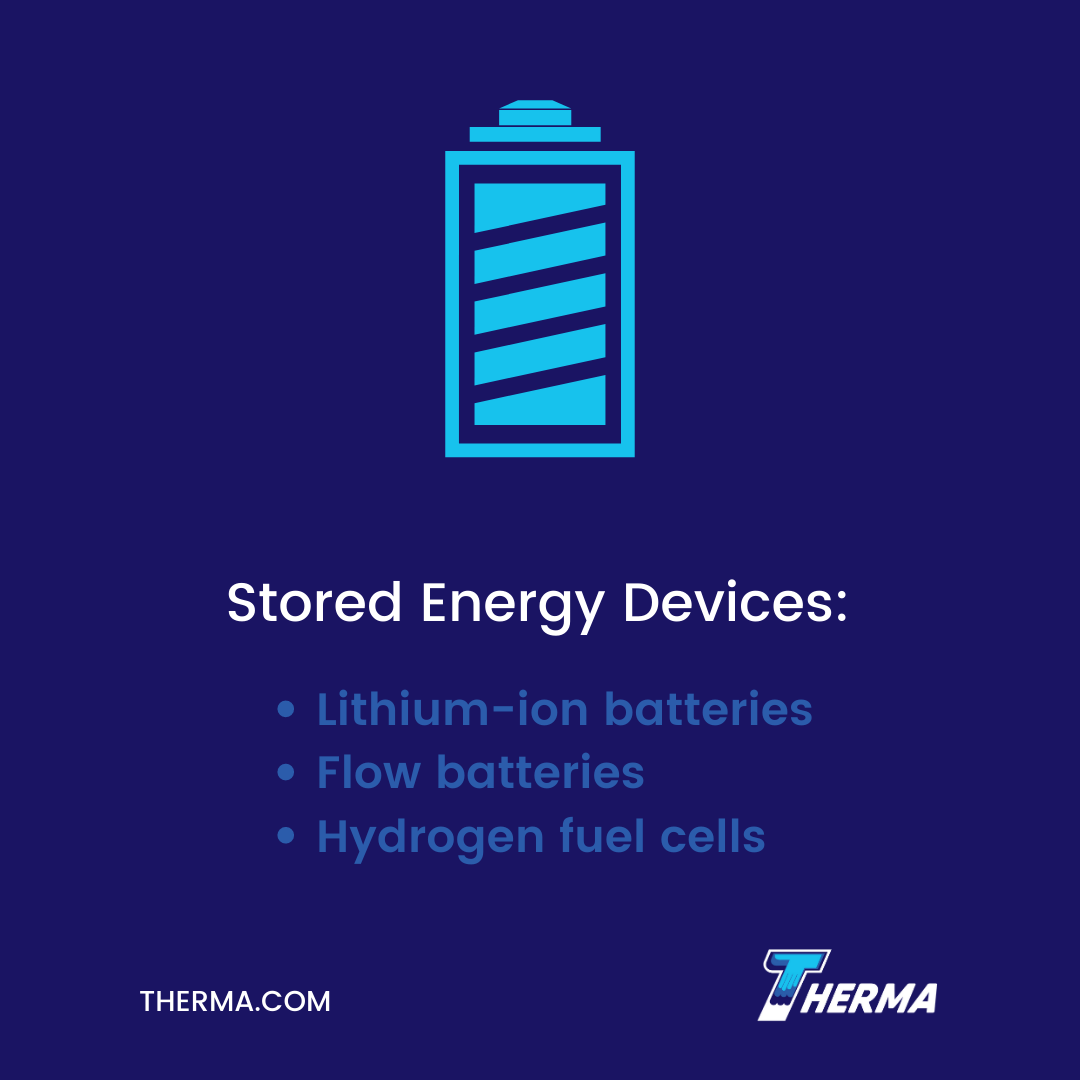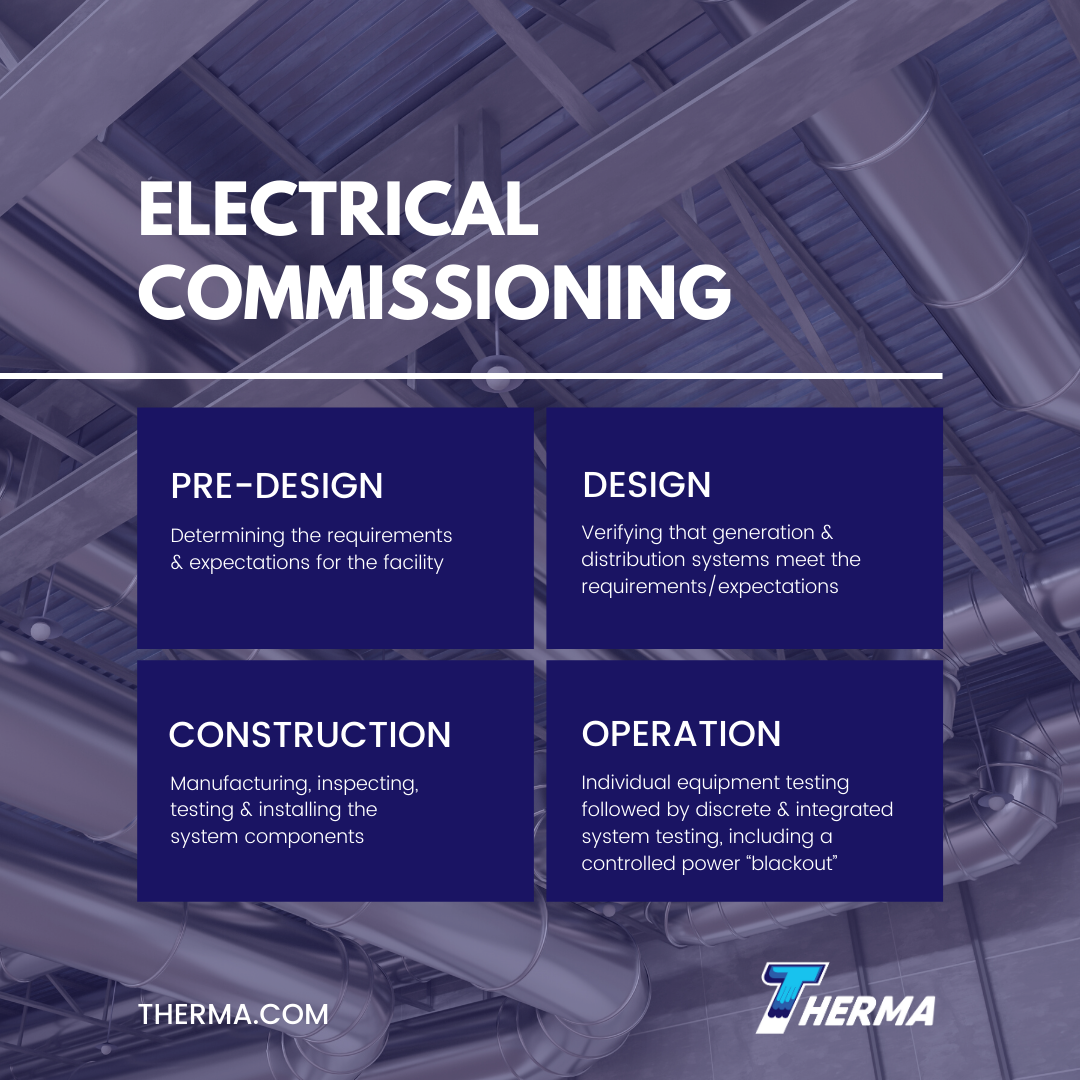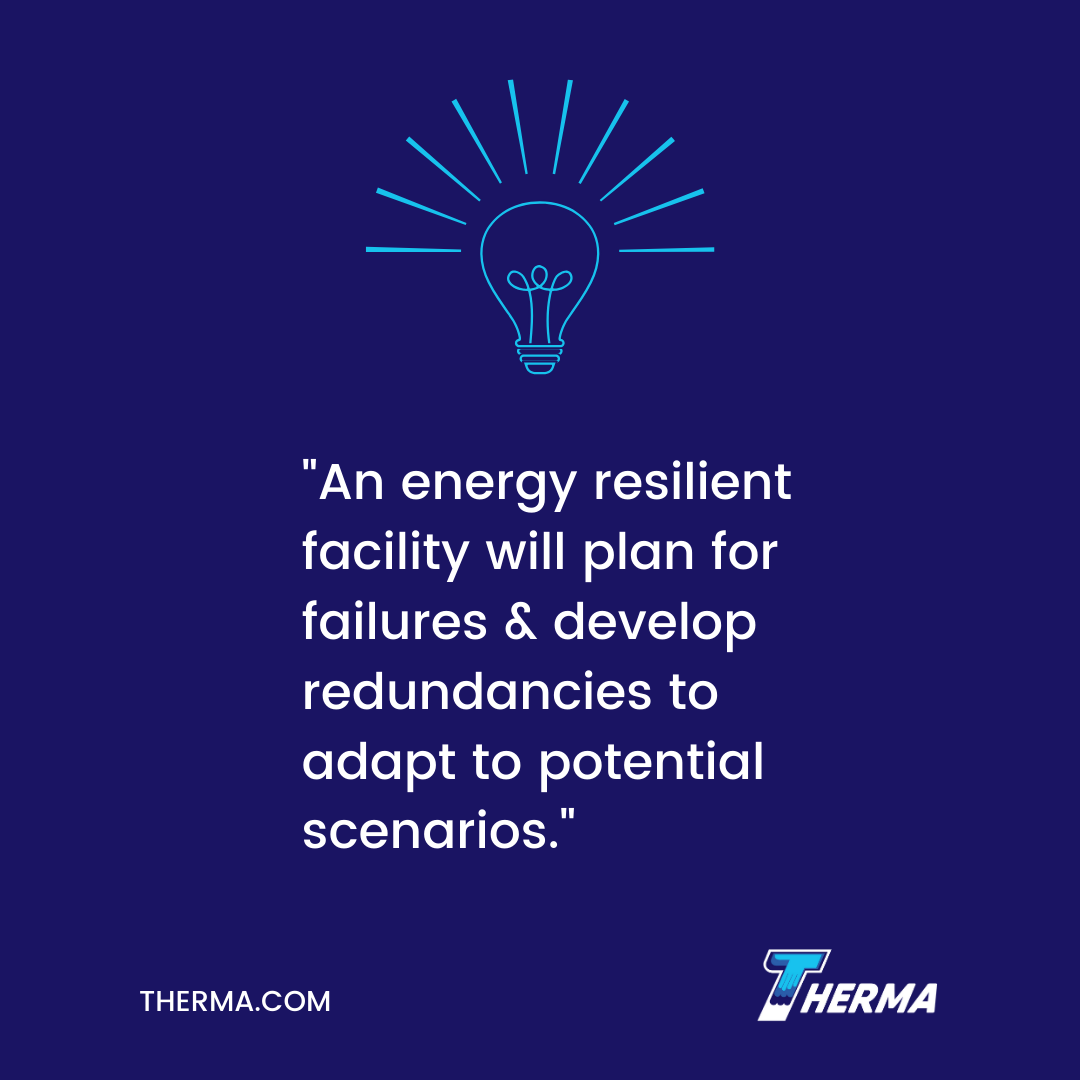A nation’s stability depends on its ability to exhibit resilience and reliability in the face of unstable conditions. Energy interruptions can spell catastrophe for unprepared or underprepared facilities in times of crisis. Mission-critical facilities, in particular, must be constructed and maintained with an infrastructure built around the idea of redundancy.
What Is A Mission-Critical Facility?
A mission-critical facility is typically defined as a facility containing any operation that would negatively impact business activities if interrupted. For example, disruption to:
- Data centers or telecom centers could lead to massive losses in revenues and danger to public safety
- Military installations or prison systems could endanger national safety or legal conformity
- Hospitals, laboratories or public safety centers could lead to loss of life and inability to service public good
These are only a few of the types of operations that might be considered mission-critical. The goal when instilling redundancies in buildings housing these operations is to increase energy and/or climate resiliency.
Defining Energy/Climate Resiliency
Energy security means having access to enough stable sources of energy to meet building/operation needs. Energy resiliency goes a step beyond security, planning for a time when those sources of energy might be unavailable.
An energy resilient facility will plan for such an event and develop fail-safes and redundancies to adapt to various potential scenarios. With these plans in place, the facility will be able to maintain operations and recover from an interruption at speed and with high efficiency.
Climate resiliency specifically prepares for negative scenarios related to changing climate. In the context of energy resilience, climate resilience focuses on the ways climate change affects energy access and usage. For example, changing climate patterns can:
- Cause higher peaks and troughs in temperature, leading to more energy consumption over more days
- Contribute to extreme weather events, leading to energy delivery fluctuations or outright interruptions
By evaluating the risk of a shock to energy systems, mission-critical facilities can be made resilient by factoring redundancy and resiliency into the building design.
Stored Energy Devices
Stored energy devices allow mission-critical facilities to create an energy redundancy in the case of a complete power failure and inability to access outside resources. There are many types of stored energy devices, but the three most commonly used to power a building or group of buildings comprising a mission-critical facility are:

- Lithium-ion batteries. These can be kept in a battery storage facility at the site of a mission-critical facility to provide a backup and may be powerful enough to run an entire complex for days at a time.
- Flow batteries. These are not as popular as lithium-ion batteries, but have relatively low energy densities and longer life cycles, making them ideal for a continuous power supply.
- Hydrogen fuel cells. These generate electricity by combining hydrogen and oxygen, or through electrolysis of water; the hydrogen can be stored for later use.
Having an independent source of energy makes mission-critical facilities more resilient.
Combined Heat and Power systems
Combined heat and power (CPH) systems generate electricity and capture heat that would typically be discharged as a waste product. This heat energy can be directed for reuse within the facility, ty[ically for heating and/or cooling purposes. This cogeneration can reduce overall energy costs by handling much of the HVAC demands of a facility.
Electrical Commissioning
The process of commissioning, which is examination and testing of equipment and processes to confirm they work as intended, was utilized initially for HVAC systems as the highest energy consumers in most facilities.
However, complete on-site electrical systems in mission-critical facilities are routinely subject to electrical commissioning, which comprises the following:
- Pre-design (determining the requirements and expectations for the facility)
- Design (verifying that generation and distribution systems meet the requirements and expectations mentioned above)
- Construction (manufacturing, inspecting, testing and installing the system components)
- Operation (individual equipment testing followed by discrete and integrated system testing, including a controlled power “blackout”)

Mission-critical facilities should plan for redundancy with stored energy devices, install combined heat and power systems to reduce energy demand and are subjected to electrical commissioning to test preparedness.
Therma can help you plan for redundancy before, during and after construction. To learn more about the most effective way of making such facilities energy and climate-resilient, reducing the impact of power interruption or unavailability in a crisis, connect with us today.








